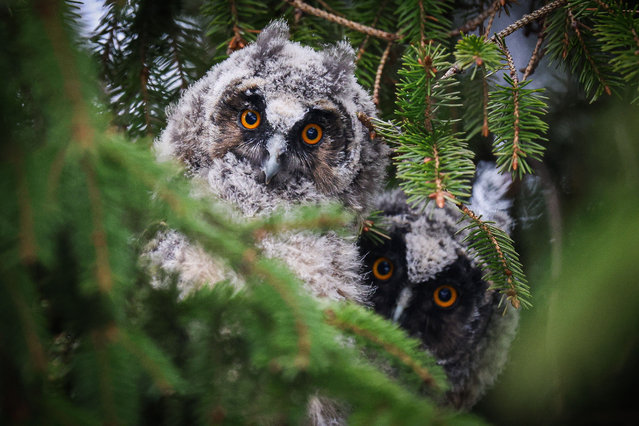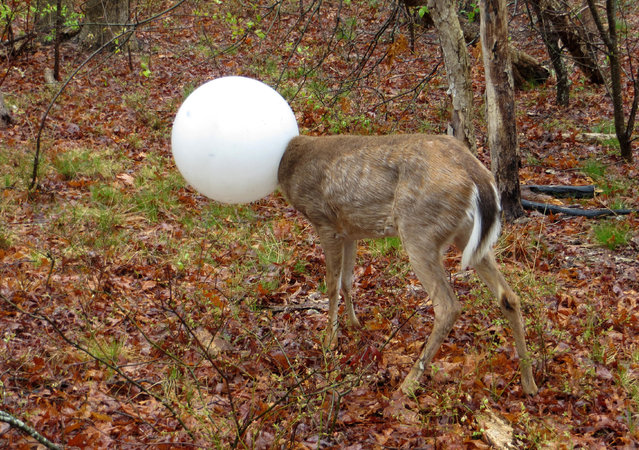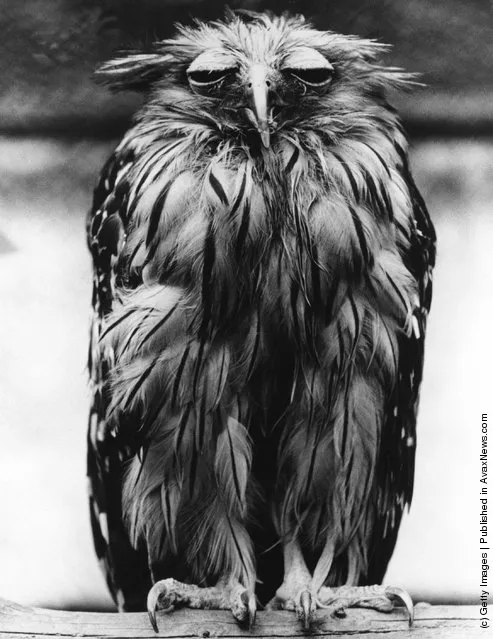13 Oct 2011 11:33:00,post received
0 comments
Details

People pose for photos beneath the Hollywood sign on September 25, 2023 in Los Angeles, California. Hollywood is awaiting the final vote on a tentative contract agreement between over 11,000 Writers Guild of America members and Hollywood studios in the nearly 150-day writers strike. (Photo by Mario Tama/Getty Images)
02 Oct 2023 04:34:00,post received
0 comments

Madison Chock, top, and Evan Bates, bottom, perform during the ice dance rhythm dance competition at the U.S. figure skating championships Friday, January 24, 2025, in Wichita, Kan. (Photo by Travis Heying/AP Photo)
04 Feb 2025 03:57:00,post received
0 comments

Delta CEO Ed Bastian talks about the century-old airline's past and technology such as generative artificial intelligence that he sees shaping its future during a Consumer Electronics Show (CES) presentation at The Sphere concert venue in Las Vegas on January 7, 2025. Delta on January 7 marked a century of flying with visions of a future in which artificial intelligence and internet age partnerships make air travel fun and seamless. (Photo by Glenn Chapman/AFP Photo)
05 Mar 2025 04:24:00,post received
0 comments

Long-eared owl chicks sit on a spruce branch in a park near St Petersburg, Russia on March 3, 2025. (Photo by Artem Priakhin/SOPA Images/Rex Features/Shutterstock)
23 Mar 2025 03:00:00,post received
0 comments

In this May 3, 2016 photo provided by the New York State Department of Environmental Conservation, a deer with its head caught in the globe from a lighting fixture over its head stands in the woods in Centereach, N.Y. The deer was able to extricate itself with the help of Environmental Conservation Officer, Jeff Hull. Hull wrestled with the deer for a while and the globe shook free in the process. (Photo by New York State Department of Environmental Conservation via AP Photo)
08 May 2016 10:46:00,post received
0 comments

English actress Michelle Keegan at “The Jonathan Ross Show” TV show, Series 18, Episode 7 in London, United Kingdom on December 4, 2021. (Photo by Brian J. Ritchie/Hotsauce/Rex Features/Shutterstock)
12 Dec 2021 05:40:00,post received
0 comments

Tia the springer spaniel chases after the ball as owner Monika Burton falls over in the background. The funny scene was captured by husband, Vince Burton at Wells Next The Sea, Norfolk, on Easter Monday, April 18, 2022. (Photo by Vince Burton/Animal News Agency)
08 May 2022 06:44:00,post received
0 comments

